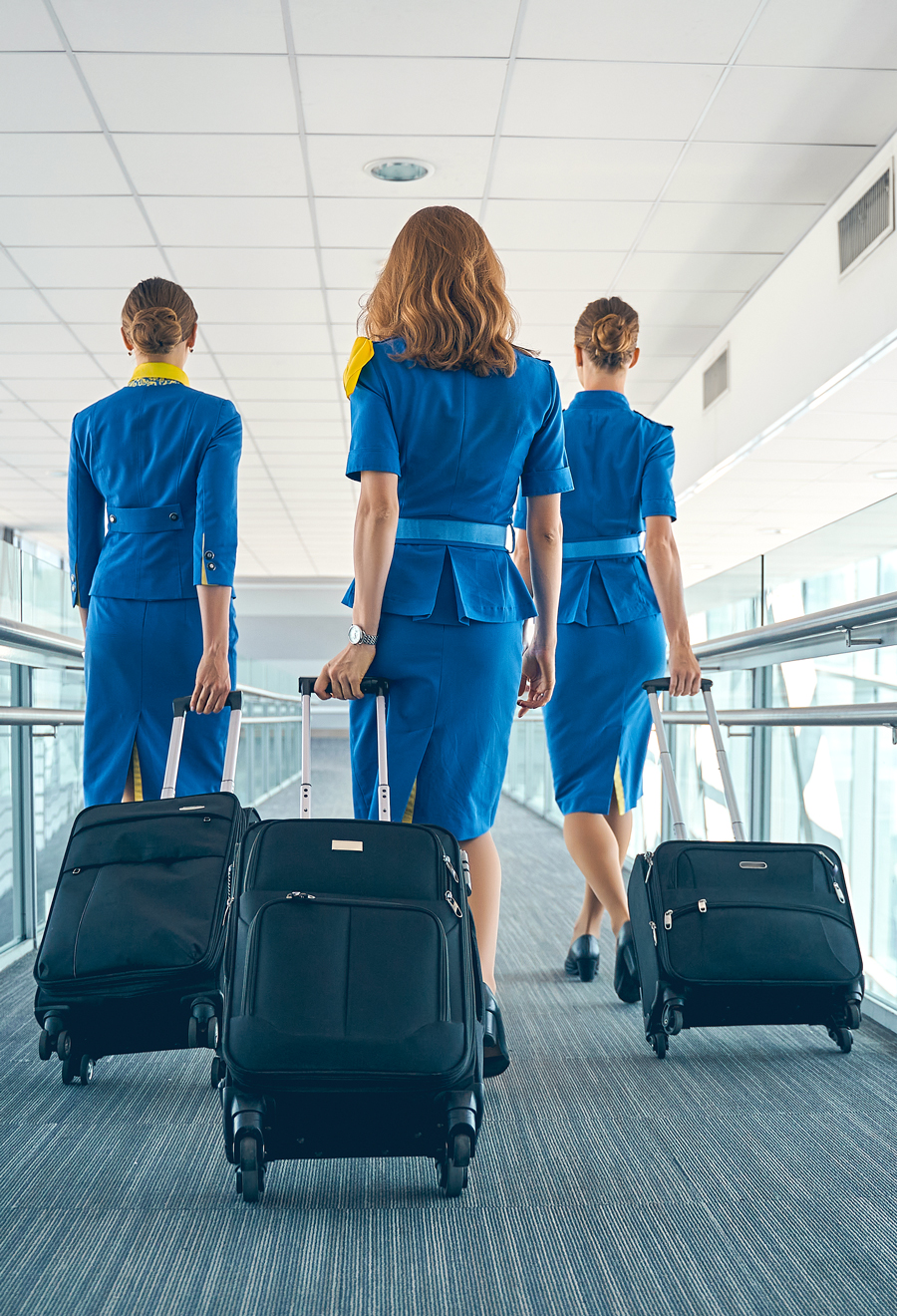When flying, have you ever heard the crew utter words like “cross check,” “all call,” or “jump seat”? Such terms may be unfamiliar to the uninformed ear, but it’s all part of a coded system used by flight attendants for efficient and often discreet communication. These expressions can refer to parts of the aircraft and even the passengers, but don’t worry, it’s not like they’re talking about you behind your back — at least most of the time. Here are some of the more common terms that make up the secret language of flight attendants.
Cross Check and All Call
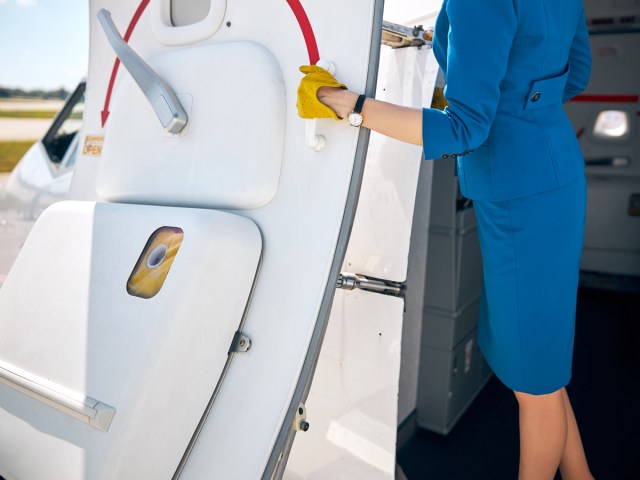
Before departure or arrival, flight attendants perform a “cross check.” This process involves double-checking that the aircraft doors are properly armed or disarmed before opening. If the doors are armed, then an inflatable escape slide or raft will deploy when opened during an emergency. If unarmed, nothing will happen when the door is opened. (Doors must be unarmed for passengers to embark and disembark the plane.) To perform a cross check, the flight attendant either locks or unlocks a special level before sliding it to the appropriate side.
Once the cross check has concluded, the entire flight attendant crew hops on the internal phone system to perform what’s known as an “all call.” All calls alert fellow crew members that all the necessary safety precautions have been taken before the flight can depart.
Jump Seat
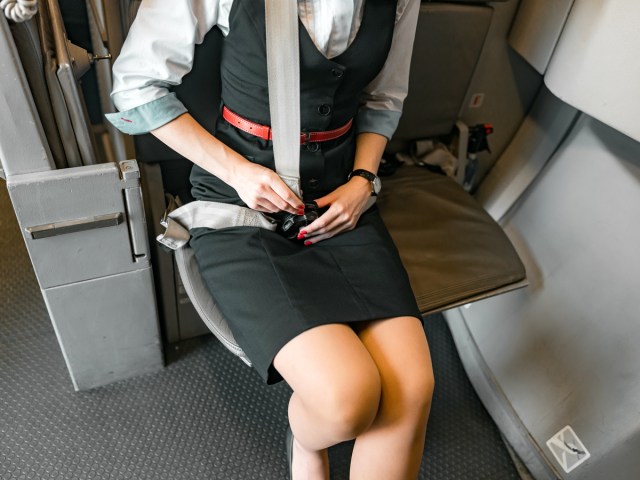
Each flight attendant has a special retractable seat to use for takeoffs and landings called a “jump seat.” This chair is often small and somewhat uncomfortable, but it provides each crew member with a place to sit during arrivals and departures. The seat earned its name because it automatically folds back up once the flight attendant jumps back on their feet.
Similarly, a “jump seater” refers to any off-duty crew member who hitches a ride on a flight when there aren’t any regular passenger seats available. Instead, jump seaters must settle for those retractable jump seats if they want to take the flight, but they may choose to simply stand for much of the flight.
Spinners and Runners
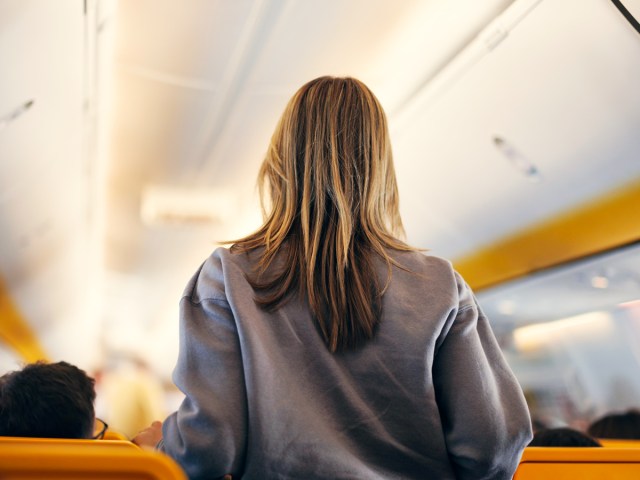
A “spinner” is a last-minute passenger who boards the aircraft without a specific seat assignment. Spinners often find themselves turning around in the aisle seeing what’s available. This action looks like they’re spinning around, hence the term. “Runners” are passengers who are found sprinting towards the aircraft before the doors close. The term runner can refer to anyone who arrived at the airport late, or those who have just landed on a delayed connecting flight.
U.M.
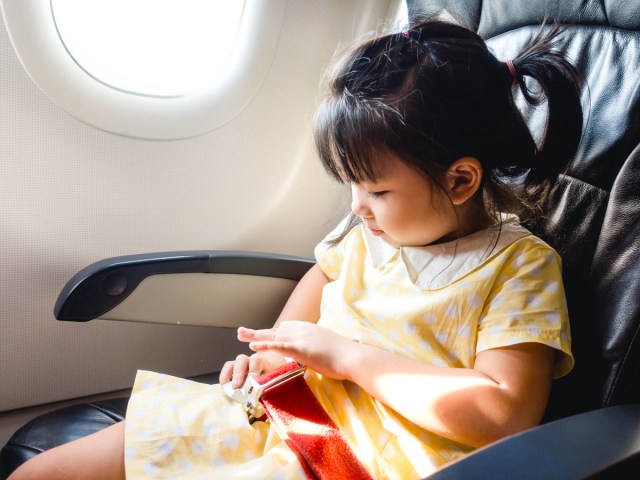
The abbreviation “U.M.” is a coded way to communicate that there’s an unaccompanied minor (usually children between 8 and 17 years old, depending on the airline) aboard the flight. Flight attendants are often tasked with providing special assistance to these minors who are traveling alone.
Blue Room
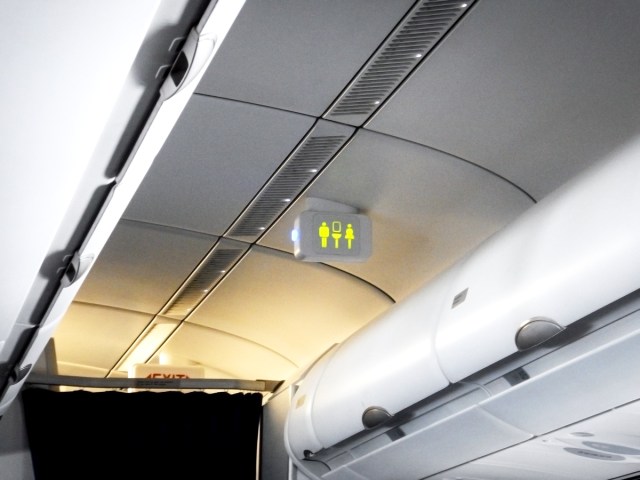
During official announcements over the loudspeaker, flight attendants often refer to the airplane bathroom as the “lavatory.” But when it comes to flight attendant speak, the bathroom is often called the “blue room.” The term refers to the blue deodorizing liquid found when you flush many airplane toilets.
Bulkhead
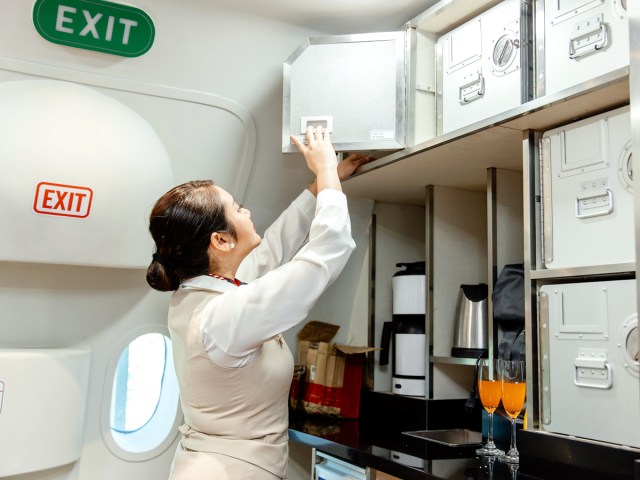
“Bulkhead” is used to describe the wall that separates a seating section from the aircraft lavatories and galleys. The bulkhead is located directly in front of the first row of each cabin, and it typically provides extra legroom for those lucky enough to sit there.
Pink-Eye
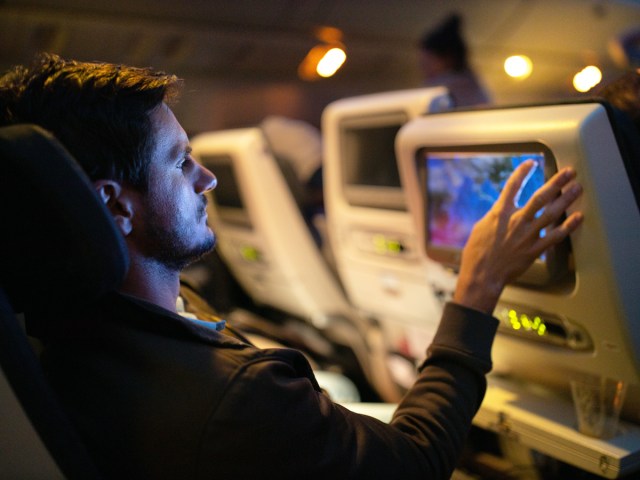
You may have heard of a red-eye flight, a trip that is scheduled overnight. But if the plane leaves slightly earlier, then it may be known as a “pink-eye.” Pink-eye flights often depart at nighttime but don’t fly entirely overnight, instead arriving at their destination after midnight but before sunrise.
Chimes

The various dings and other sounds that you hear during the course of your flight are known as “chimes,” and each one has a different meaning depending on both the tone and number of chimes. These signals can alert the flight attendants if a passenger requests their service, if they’re needed by the pilot, or if there’s an emergency onboard the aircraft.
Commuters and Crash Pads
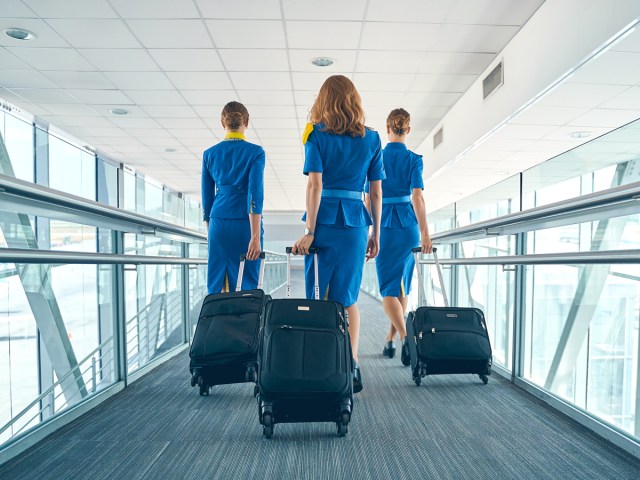
Many flight attendants operate out of what’s known as the “crew base,” which acts as the main hub for the airline for which they’re employed. But it’s common for flight attendants — especially more junior ones — to live in a different city than their base, and they must fly into the airport each morning before they can start their shift. These crew members are known as “commuters.”
Many flight attendants who commute rely on “crash pads” as a place to sleep. These communal apartments are often shared between dozens of people, though it’s rare for everyone to sleep there at the same time. Instead, these crash pads have various beds that are available for any flight attendant to sleep in, depending on the flights to which they’re assigned.
Gate Lice
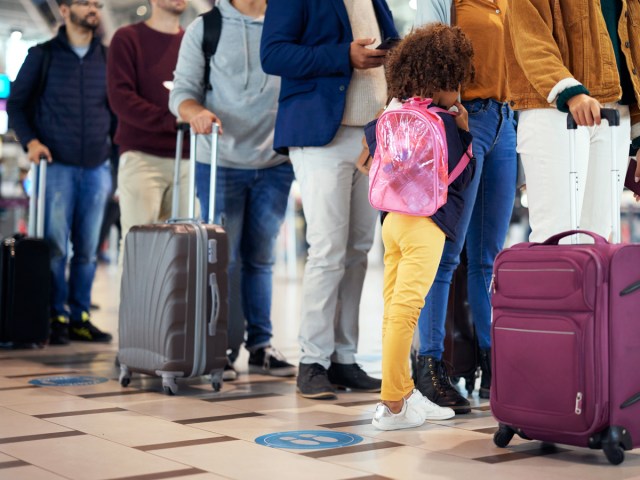
The phrase “gate lice” refers to when people crowd around the entry trying to board the aircraft before their zone is called to board. If you’re worried about being called gate lice, just wait for your boarding group to be called before you line up at the gate.
Privo
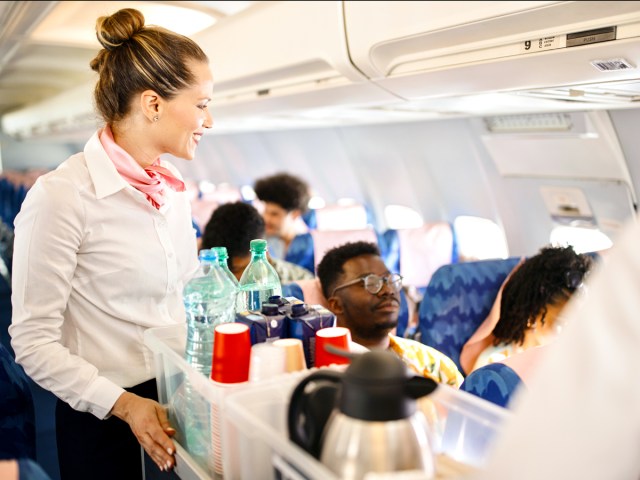
“Privo” is the flight attendant shorthand for provisioning. This refers to every consumable item on the aircraft, including beverages, snacks, and passenger meals.
Originator
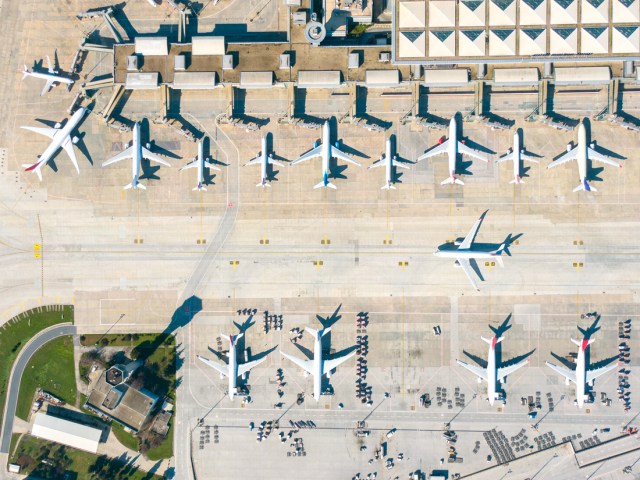
The word “originator” describes the first flight to depart an airport on any given day. It’s critical that the originator flight leaves on time. If its departure is delayed, then that’s likely to delay every flight assigned to that aircraft for the remainder of the day.
Turn
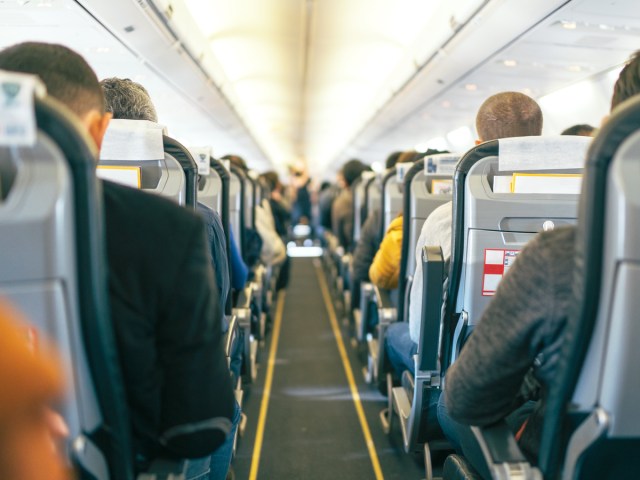
A “turn” typically refers to the turnaround time for an aircraft between flights. For flight attendants, it’s also a term that describes an extremely quick geographic turnaround. This is typically when a flight attendant departs from one city, arrives in another, and then immediately gets on a flight returning to the original city from where they started their day.
Two-for-One Special
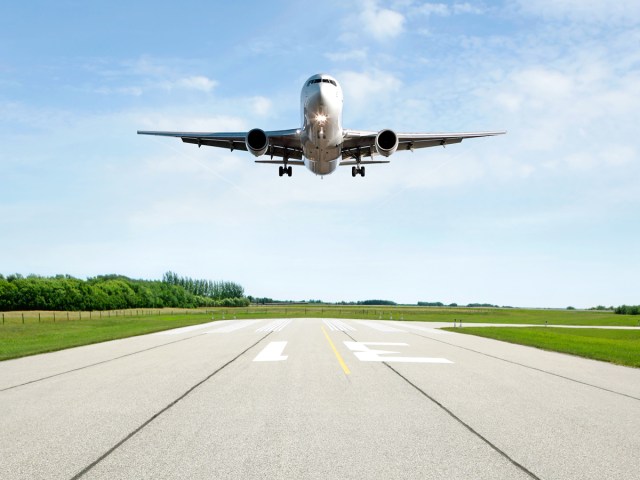
On occasion, an airplane will bounce during landing, but it’s usually nothing to worry about. Flight attendants refer to this double bounce as a “two-for-one special.”
More from our network
Daily Passport is part of Inbox Studio, which publishes content that uplifts, informs, and inspires.






